I started writing
Gaz and the Drake for our gaming group, but then our group stopped playing Dungeon Crawl Classics and I lost my inspiration for completing the description of this patron. Two years later, I'm clearing out a lot of my digital accounts and I see this draft document on my blog so now I'm finishing it up. Even if I'm not playing DCC at the moment, I think it would be pretty cool to have a custom patron for my players to choose, or maybe I'll write another one so that I have a range of options outside of the core rulebook.
Without further preamble, here are
Patron Spells: Gaz and the Drake
Level 1: Iron Fist
Range: Self,
Duration: Varies,
Casting time: 1 round,
Save: None
General: Gaz and the Drake understand that their followers are not, strictly speaking, fighters and so they impart this spell early to give devoted wizards an opportunity to utilize the arcane arts to exercise some martial skill. The caster must spellburn at least 1 point when casting this spell.
 Manifestation =
Manifestation = Roll 1d4: (1) the caster's hands twist into wooden fists incapable of grabbing objects or casting other spells (the caster takes 1 point of damage); (2) the caster's hands glow with a golden light, making him an easily discernible target in the dark; (3) the caster's hands become like stone, hard and impervious to most damage but still able to manipulate objects and cast other spells; (4) the caster's hands take on the look and feel of iron but may still be manipulated like normal digits (this version of the spell will cause +1 damage to elves).
1 = Lost, failure, and patron taint.
2-11 = Lost and failure.
12-13 = The wizard's hands become hard like weapons! For a number of rounds equal to (1d3 + caster level) unarmed attacks inflict lethal damage of 1d3 + caster level + Strength.
14-17 = The wizard's hands become hard like weapons! For a number of rounds equal to (1d4 + caster level) unarmed attacks inflict lethal damage of 1d4 + caster level + Strength.
18-19 = The wizard's hands become magical weapons! For a number of rounds equal to (1d6 + caster level) unarmed attacks are at +1 to hit and inflict lethal damage of 1d6 + caster level + Strength.
20-23 = The wizard's hands become magical weapons! For a number of rounds equal to (1d8 + caster level) unarmed attacks are at +3 to hit and inflict lethal damage of 2d4 + caster level + Strength.
24-27 = The wizard's hands become magical weapons! For a number of turns equal to caster level unarmed attacks are at +4 to hit and inflict lethal damage of 3d4 + caster level + Strength.
28-29 = The wizard's hands become magical weapons that can punch through wood or plaster! For a number of turns equal to caster level unarmed attacks are at +5 to hit and inflict lethal damage of 3d6 + caster level + Strength.
30-31 = The wizard's hands become magical weapons so strong that he can punch through stone or metal! For a number of
hours equal to caster level unarmed attacks are at +7 to hit and inflict lethal damage of 3d8 + caster level + Strength.
32+ = The wizard's body glows with a golden hue and a low hum originates from the air around him! Until the next sunrise unarmed attacks the caster makes are lethal, can punch through any material, are +9 to hit, and inflict 5d8 + caster level + Strength damage. Whenever a creature is struck by the caster it must make a DC 20 Fortitude save or flee in terror and pain.
Level 2: Poisonous Gaze
Range: 30', Duration: Instantaneous, Casting time: 1 action, Save: Will vs. spell check
General: This spell gives the wizard a gaze attack that can be used to lock eyes with a living creature and poison their blood. The spell will have no effect on golems, elementals, oozes, or other such creatures that do not have eyes or blood per se.
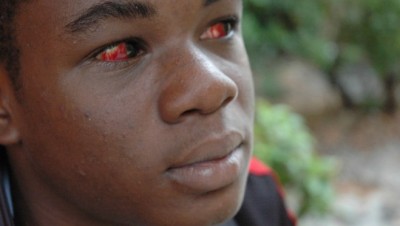 Manifestation =
Manifestation = Roll 1d8: (1) the caster's eyes glow green and a smoky green-tinted mist pours out from their eyelids; (2) a beam of soft white light pulses between the caster's eyes and the target of the spell; (3) a crackling sound emanates from behind the caster; (4) the sclera in the wizard's eyes turn black for the next hour; (5) the wizard emits a foul smell, similar to bleach or vinegar; (6) the wizard's eyes become ringed with pustules and sores, these heal after a good night's rest; (7) the wizard's eyes and mouth become ringed with a glittery substance that disappears at the next sunrise; (8) the caster's face becomes dry and wrinkled for the next turn.
1 = Lost, failure, and patron taint.
2-11 = Lost and failure.
12-13 = Failure, but spell is not lost.
14-15 = The caster locks eyes with a target within range, which must make a Will save or suffer 1d8 + caster level HP damage.
16-19 = The caster locks eyes with a target within range, which must make a Will save or temporarily lose 1d3 Stamina; recovered at one point per day.
20-21 = The caster locks eyes with a target within range, which must make a Will save or temporarily lose 1d4 Stamina (or Dexterity, caster's choice); recovered at one point per day.
22-25 = The caster locks eyes with a target within range, which must make a Will save or temporarily lose 1d5 Stamina (or Dexterity or Intelligence, caster's choice); recovered at one point per day.
26-29 = The caster locks eyes with a target within range, which must make a Will save or temporarily lose 1d6 Stamina (or Dexterity, Intelligence or Strength, caster's choice); recovered at one point per day.
30-31 = The caster locks eyes with a target within range, which must make a Will save or be struck blind for 2d4 rounds.
32-33 = The caster locks eyes with a target within range, which must make a Will save or be paralyzed for 2d6 rounds.
34+ = The caster locks eyes with a target within range, which must make a Will save or be paralyzed for 2d6 rounds and lose 1d6 Agility, Stamina and Intelligence; recovered at one point per day.
Level 3: Spectral Soldier
Range: 20', Duration: varies, Casting time: 1 turn, Save: None
General = The caster summons a ghostly warrior that fights alongside her and protects her from any who might harm her.
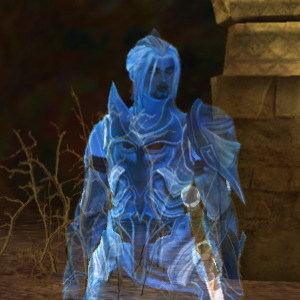 Manifestation =
Manifestation = Roll 1d4: (1) the wizard breathes out smoke from her mouth which coalesces into the warrior; (2) a skeleton crawls out of the ground during the casting and the apparition forms around the bones (the bones crumble into nothingness at the end of the spell); (3) a heavy fog rolls in and the soldier steps out from it, the fog fades by the end of casting ; (4) the soldier is a dark misty thing that animates out of the wizard's own shadow
1 = Lost, failure, and patron taint.
2-11 = Lost and failure.
12-15 = Failure, but spell is not lost.
16-17 = The caster summons a spectral warrior who serves for up to 1 turn or until dismissed or killed, it will not stray farther than 20' away from the caster and if it is forced past that boundary it disappears. It never speaks or communicates in any way, and always attacks anything that is attacking the wizard or that the wizard attacks. If the spectral soldier is fighting another humanoid fighter it will attempt to disarm them or cripple them, and if it is fighting a monster or other non-humanoid creature it will attempt to push them back with it's attacks, keeping them away from the caster. Consider the warrior to be 1st level and have ability scores of 10. It has AC 16, 1d4+1d8 hp, and a deed die of 1d3 for purposes of attack bonus and damage. It's attacks are considered to be magical.
18-21 = As above, but it lasts for 1d3 turns and is considered to be 2nd level with ability scores of 12. It has AC 16, 12 hp, and a deed die of 1d4 for purposes of attack bonus and damage. It's attacks are considered to be magical.
22-23 = As above, but it lasts for 1d4 turns and is considered to be 3rd level with ability scores of 13. It has AC 16, 20 hp, and a deed die of 1d5 for purposes of attack bonus and damage. It's attacks are considered to be magical.
24-26 = As above, but it lasts for 1 hour and is considered to be 4th level with ability scores of 14. It has AC 17, 30 hp, and a deed die of 1d6 for purposes of attack bonus and damage. It's attacks are considered to be magical.
27-31 = As above, but it lasts for 1d4 hours and is considered to be 5th level with ability scores of 15. It has AC 18, 40 hp, and a deed die of 1d7 for purposes of attack bonus and damage. It's attacks are considered to be magical.
32-33 = As above, but it lasts for 1d6 hours and is considered to be 6th level with ability scores of 16. It has AC 19, 50 hp, and a deed die of 1d8 for purposes of attack bonus and damage. It's attacks are considered to be magical.
34-35 = As above, but it lasts for 1d8 turns and is considered to be 7th level with ability scores of 17. It has AC 20, 60 hp, and a deed die of 1d10 for purposes of attack bonus and damage. It's attacks are considered to be magical.
36+ = As above, but it lasts for 24 hours and is considered to be 9th level with ability scores of 18. It has AC 24, 80 hp, and a deed die of 1d12 for purposes of attack bonus and damage. It's attacks are considered to be magical.
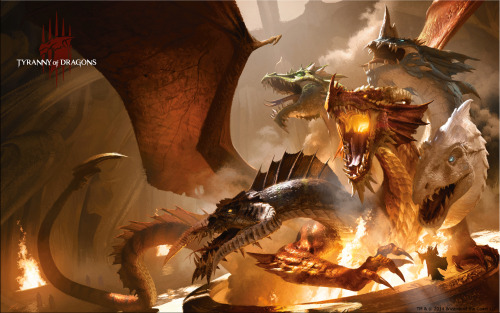

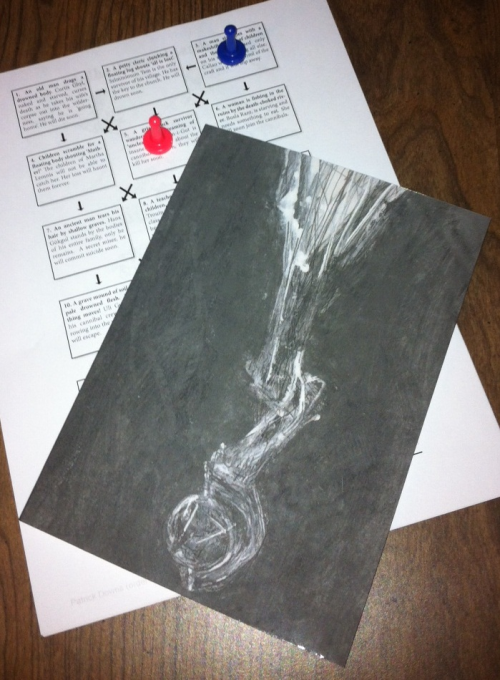 There is very little in the way of set-up for this adventure. A single paragraph sets the stage for what the PCs know, and clever GMs who read the entire adventure ahead of time can find easy ways of hooking the PCs into the sequence of events that follows. The adventure is divided into eight chapters, more than half of which can be thought of as simply descriptions for inhabitants and encounters within a specific region. The adventure starts with a flood that destroys most of the countryside, and if the players are keen on following the damage to the source of the flood waters they will be led to a broken dam which is pretty compelling location all on it's own. It's entirely possible that the observatory of the title could never be found. But if it is, complicating matters is a thoroughly evil adventuring party that is competing with the PCs, though neither of them knows about the other ahead of time.
There is very little in the way of set-up for this adventure. A single paragraph sets the stage for what the PCs know, and clever GMs who read the entire adventure ahead of time can find easy ways of hooking the PCs into the sequence of events that follows. The adventure is divided into eight chapters, more than half of which can be thought of as simply descriptions for inhabitants and encounters within a specific region. The adventure starts with a flood that destroys most of the countryside, and if the players are keen on following the damage to the source of the flood waters they will be led to a broken dam which is pretty compelling location all on it's own. It's entirely possible that the observatory of the title could never be found. But if it is, complicating matters is a thoroughly evil adventuring party that is competing with the PCs, though neither of them knows about the other ahead of time. Gorgonmilk
Gorgonmilk From The Sorcerer's Skull
From The Sorcerer's Skull




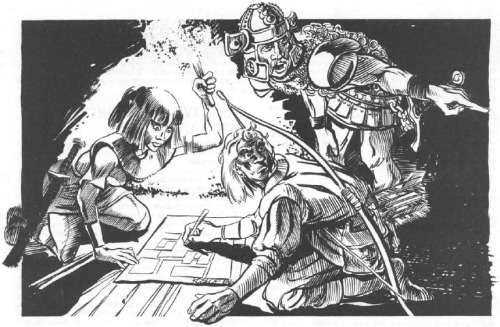
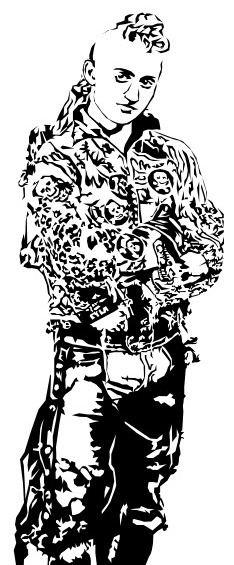 Ever since his very public foursome, Boy Esquire had been followed by two girls, Chase and Amex, who began working as whores for him. They were infected with the dark twist and so he was trying to find a way to cure them. Nothing was working, so he went searching for Snail but was blocked by the Garden, and when Snail finally appeared Boy Esquire was coerced into letting Snail dance with him before the big fight.
Ever since his very public foursome, Boy Esquire had been followed by two girls, Chase and Amex, who began working as whores for him. They were infected with the dark twist and so he was trying to find a way to cure them. Nothing was working, so he went searching for Snail but was blocked by the Garden, and when Snail finally appeared Boy Esquire was coerced into letting Snail dance with him before the big fight.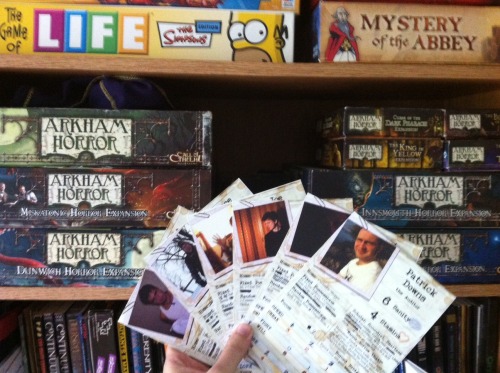
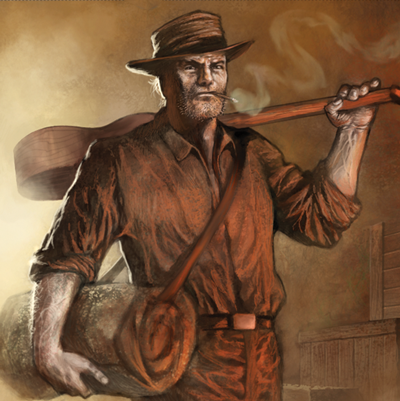

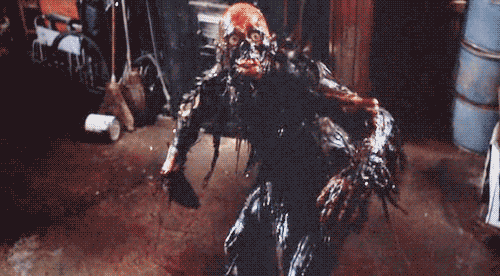
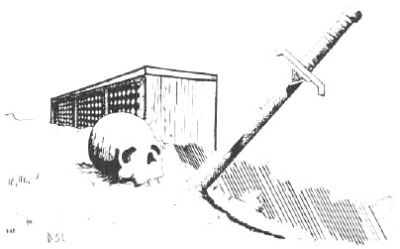 This scene requires that a PC has a lover or spouse, or even better a child. The party is traveling along a dirt road, or a path that is not popularly used, and they see a simple gravestone cut from common rock. If they have passed this way before then they have never seen the gravestone before, it is new to the path despite the fact that it looks worn and weather beaten and old. There is no date but the name carved into the stone is the name of a child to one of the PCs (or a lover or spouse).
This scene requires that a PC has a lover or spouse, or even better a child. The party is traveling along a dirt road, or a path that is not popularly used, and they see a simple gravestone cut from common rock. If they have passed this way before then they have never seen the gravestone before, it is new to the path despite the fact that it looks worn and weather beaten and old. There is no date but the name carved into the stone is the name of a child to one of the PCs (or a lover or spouse).